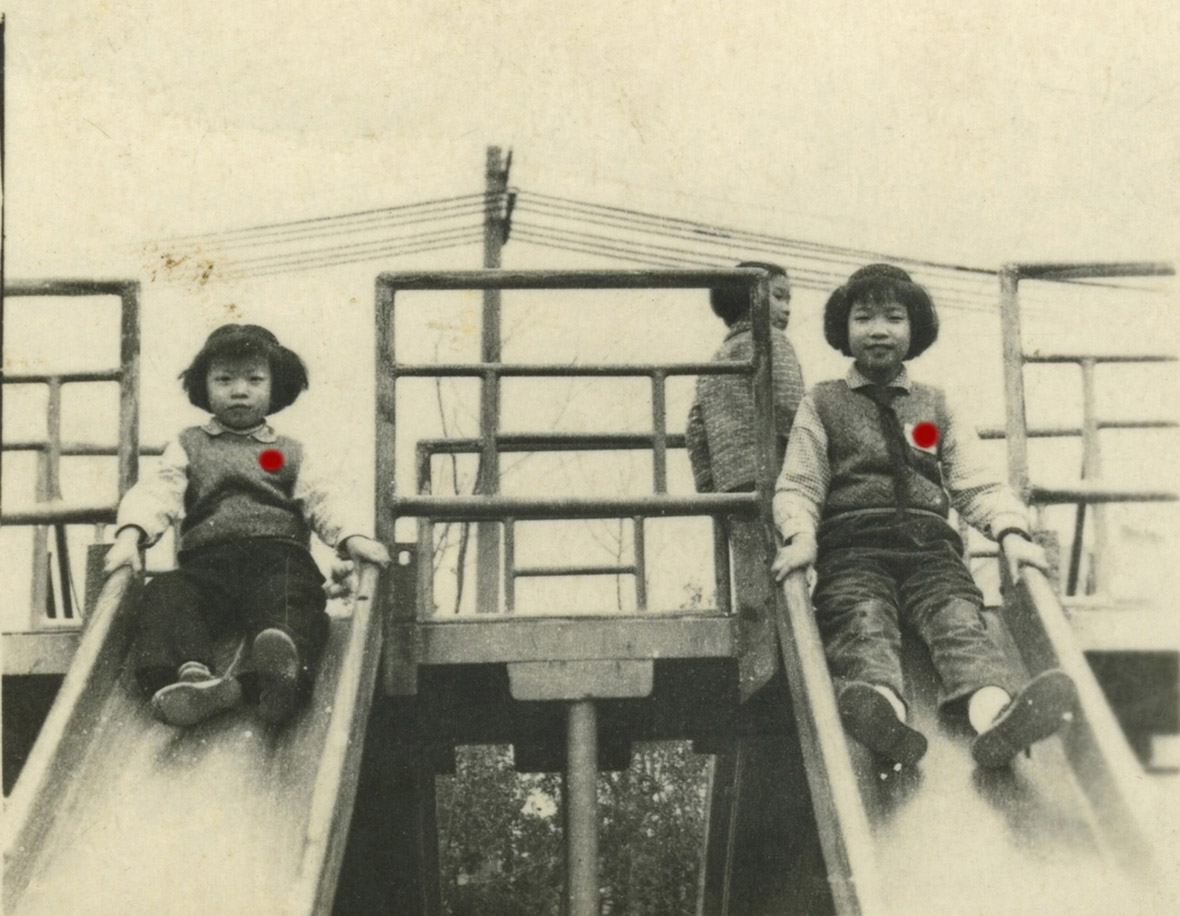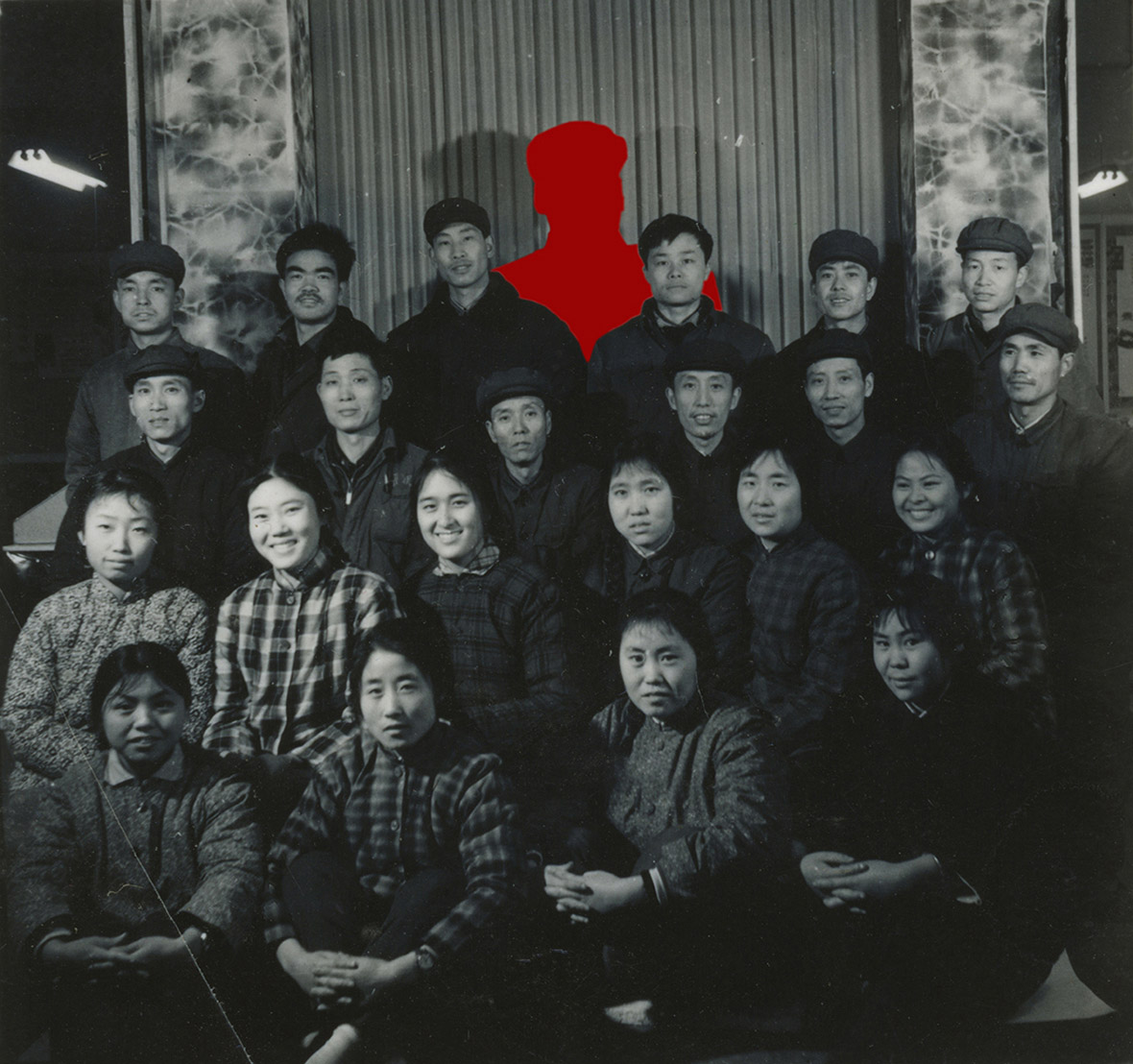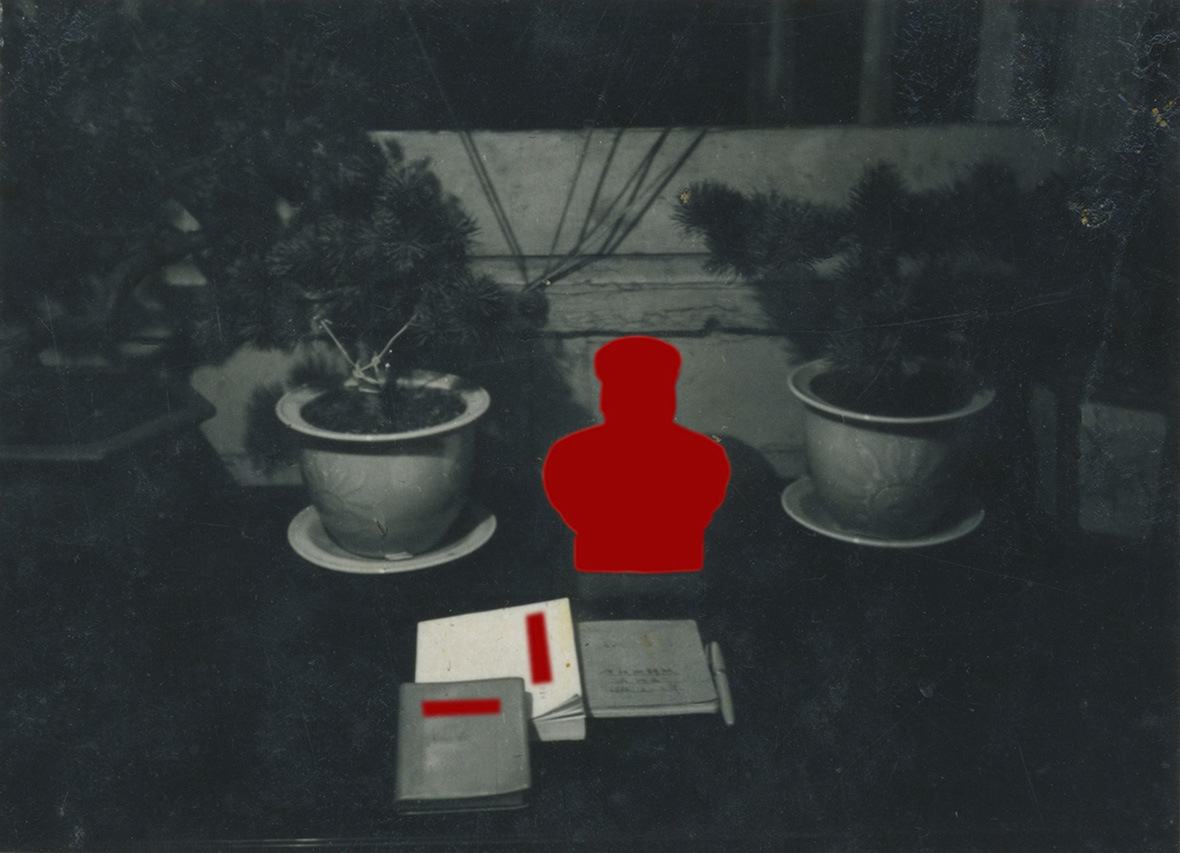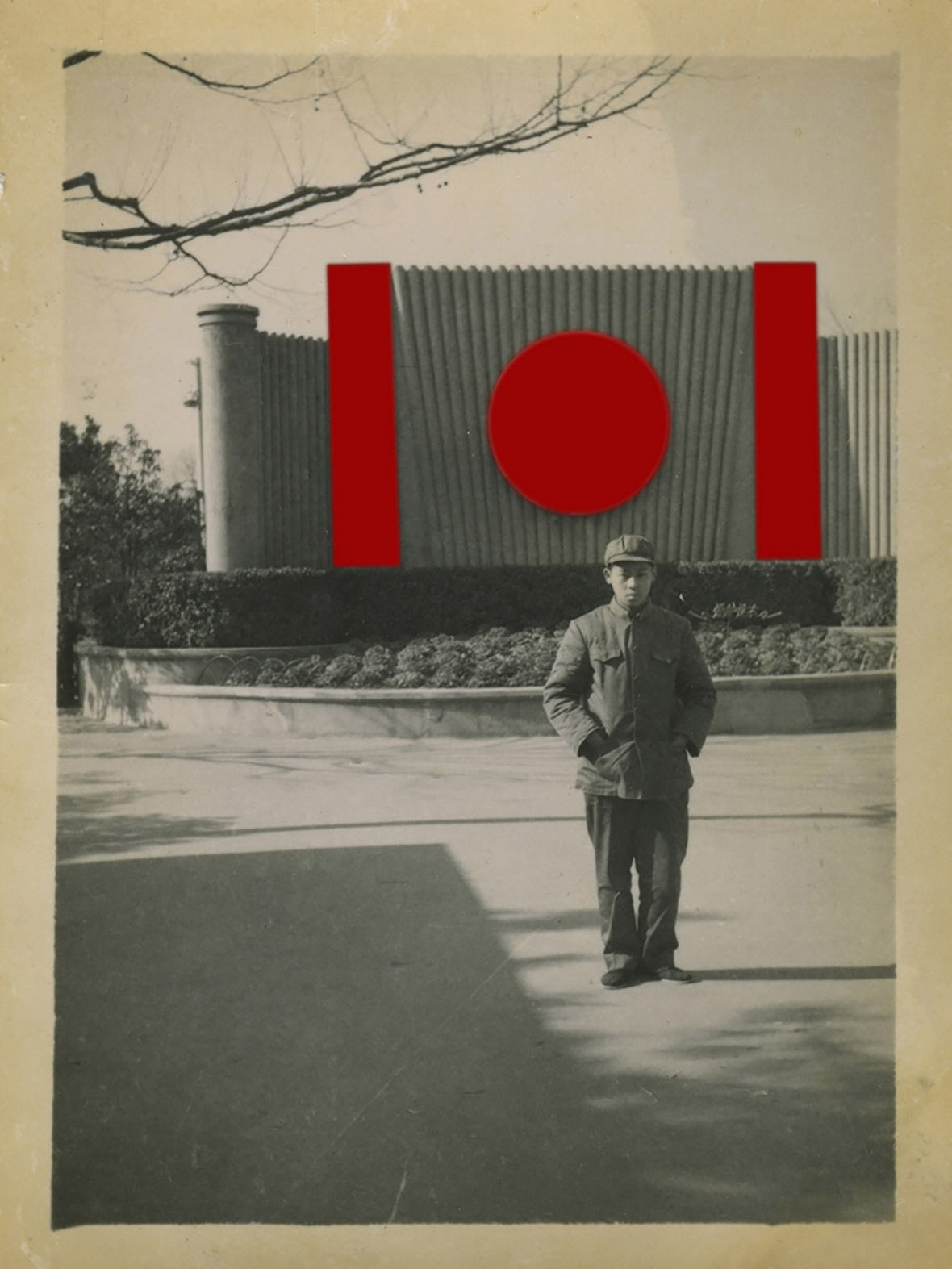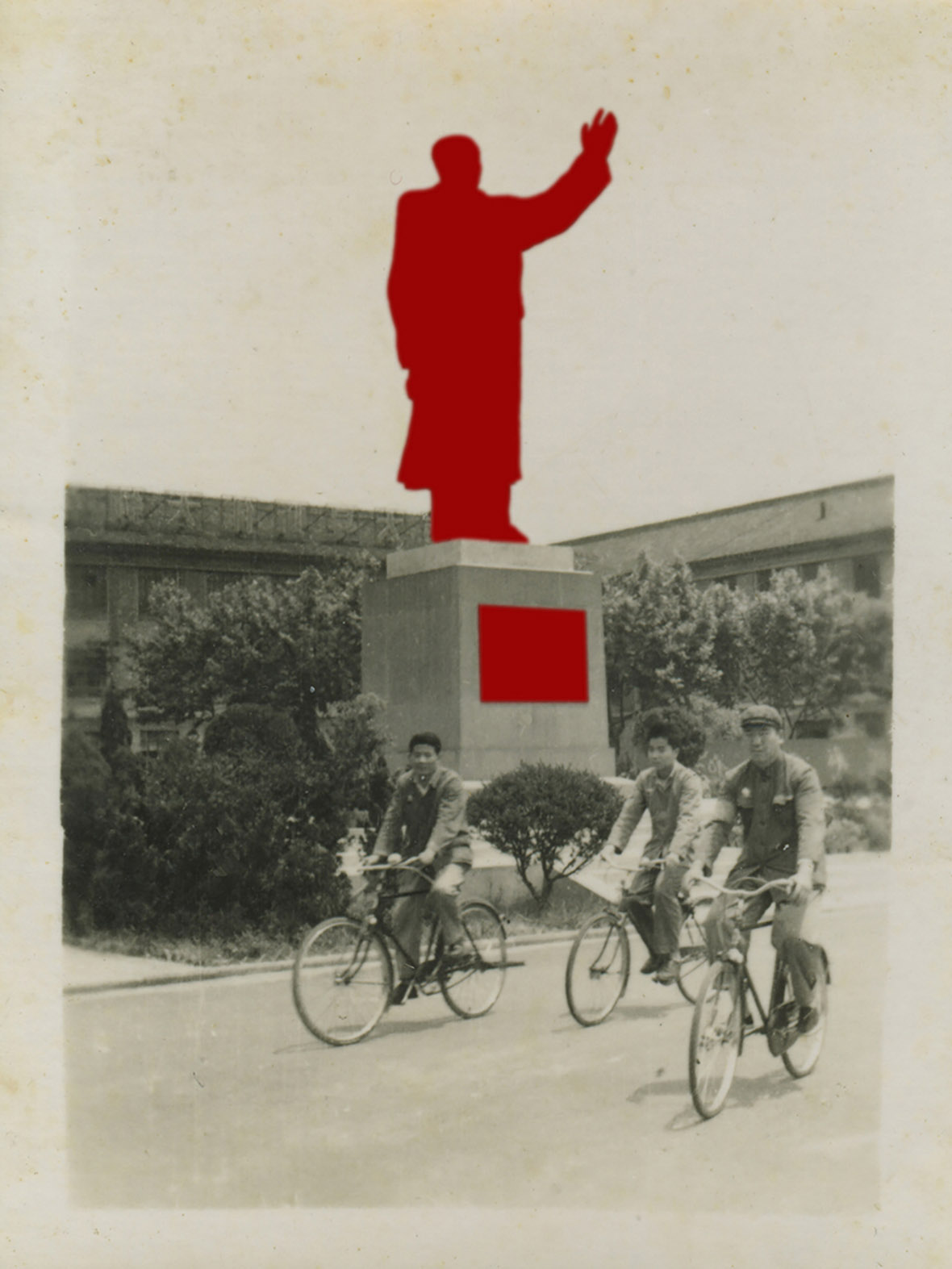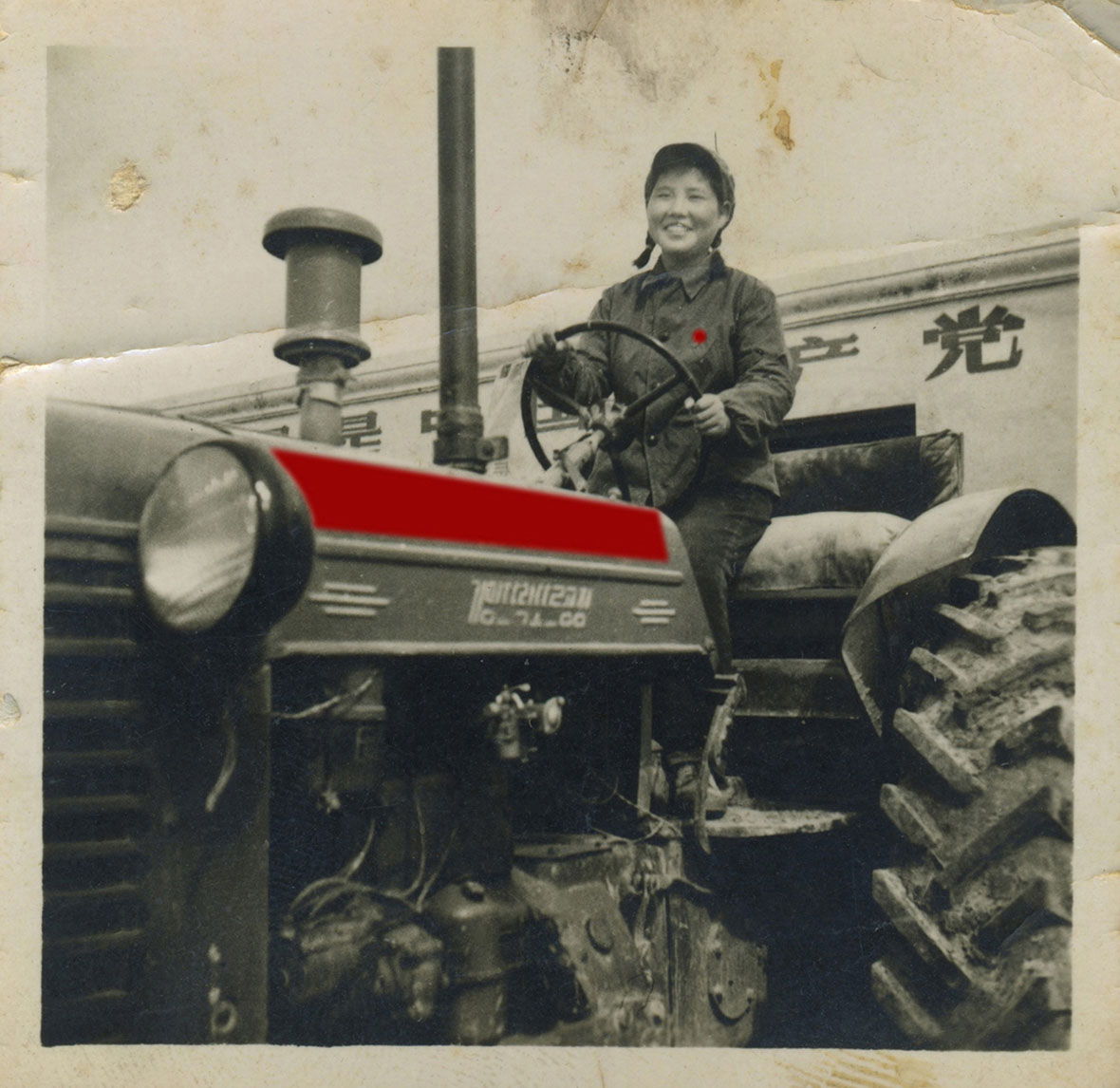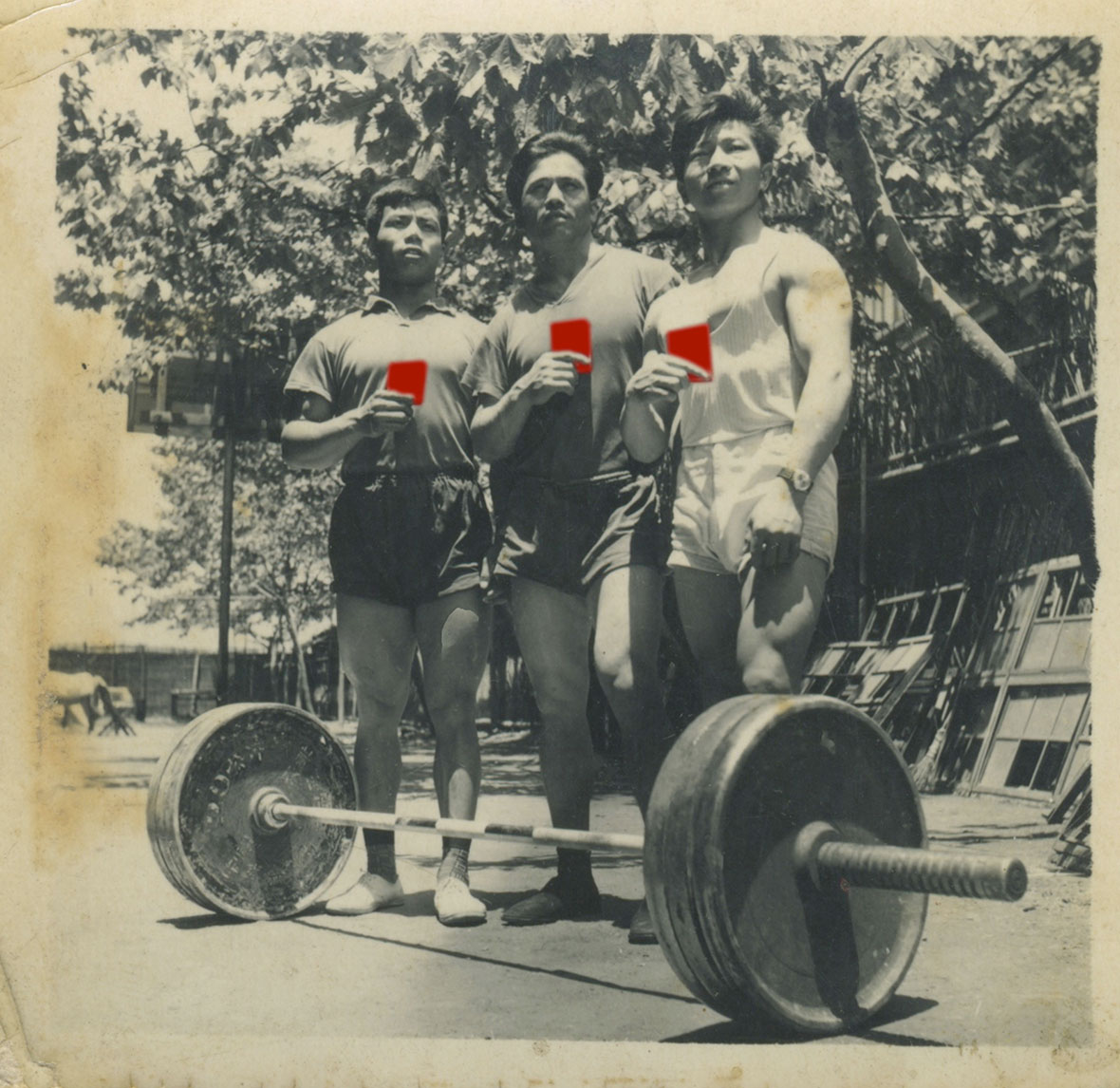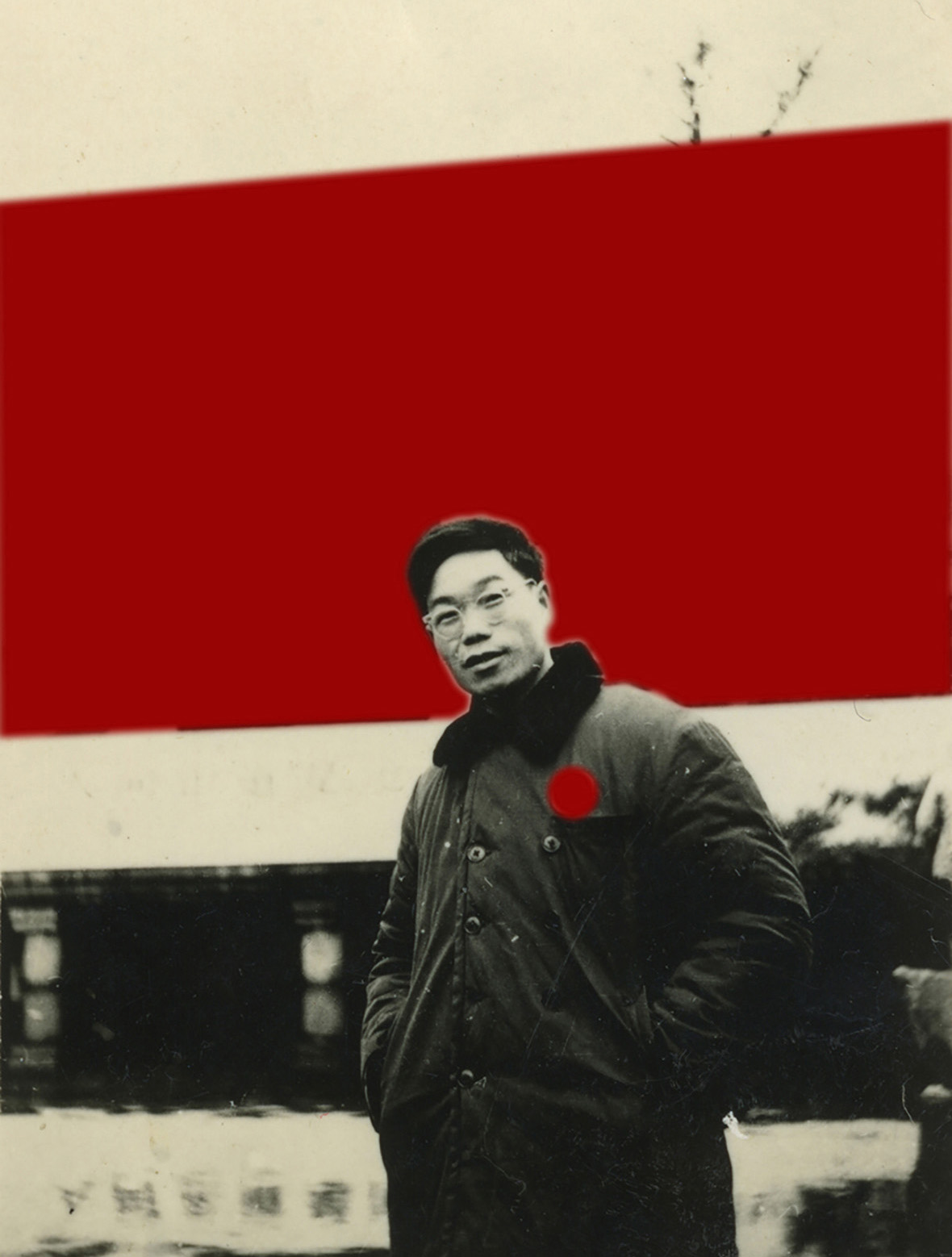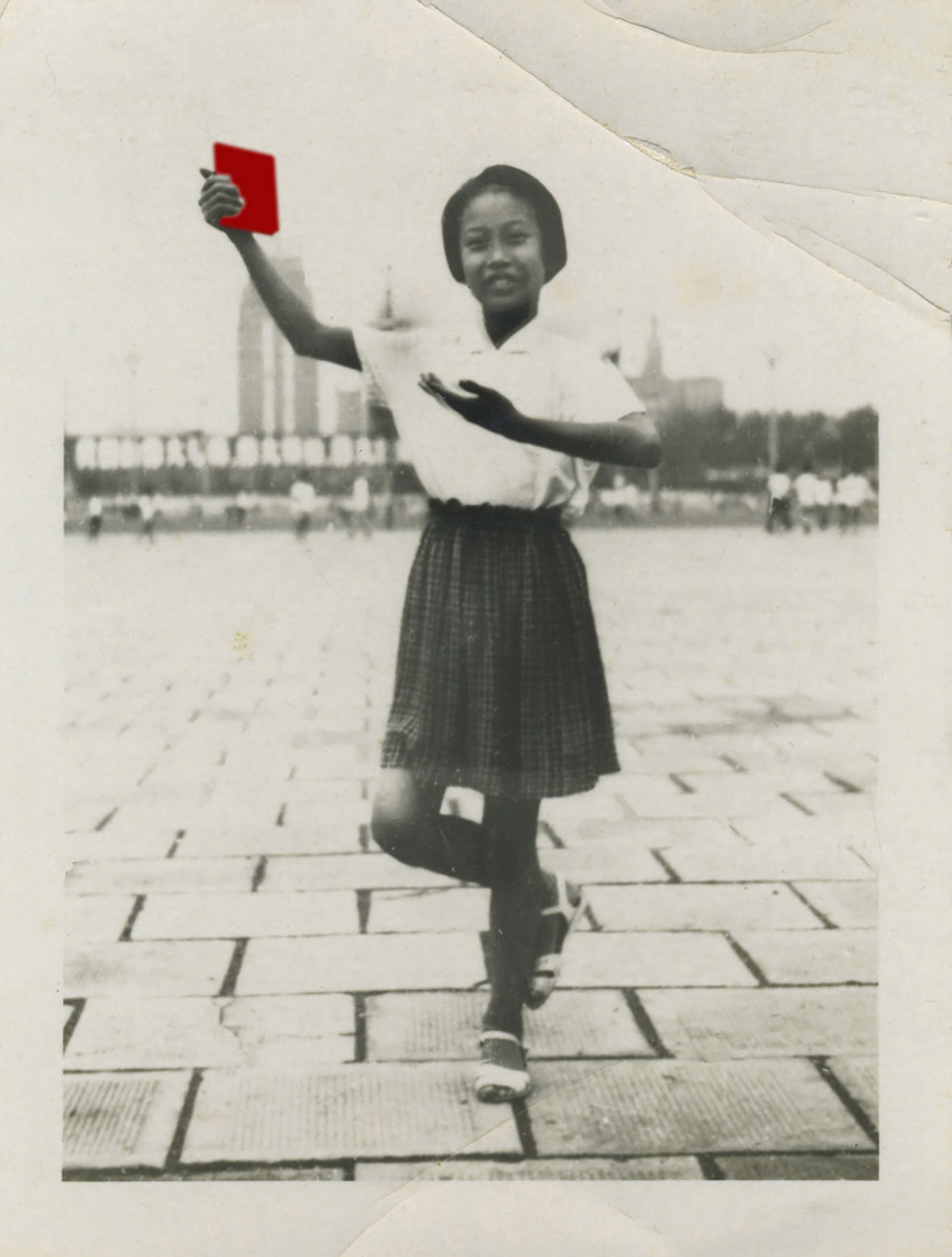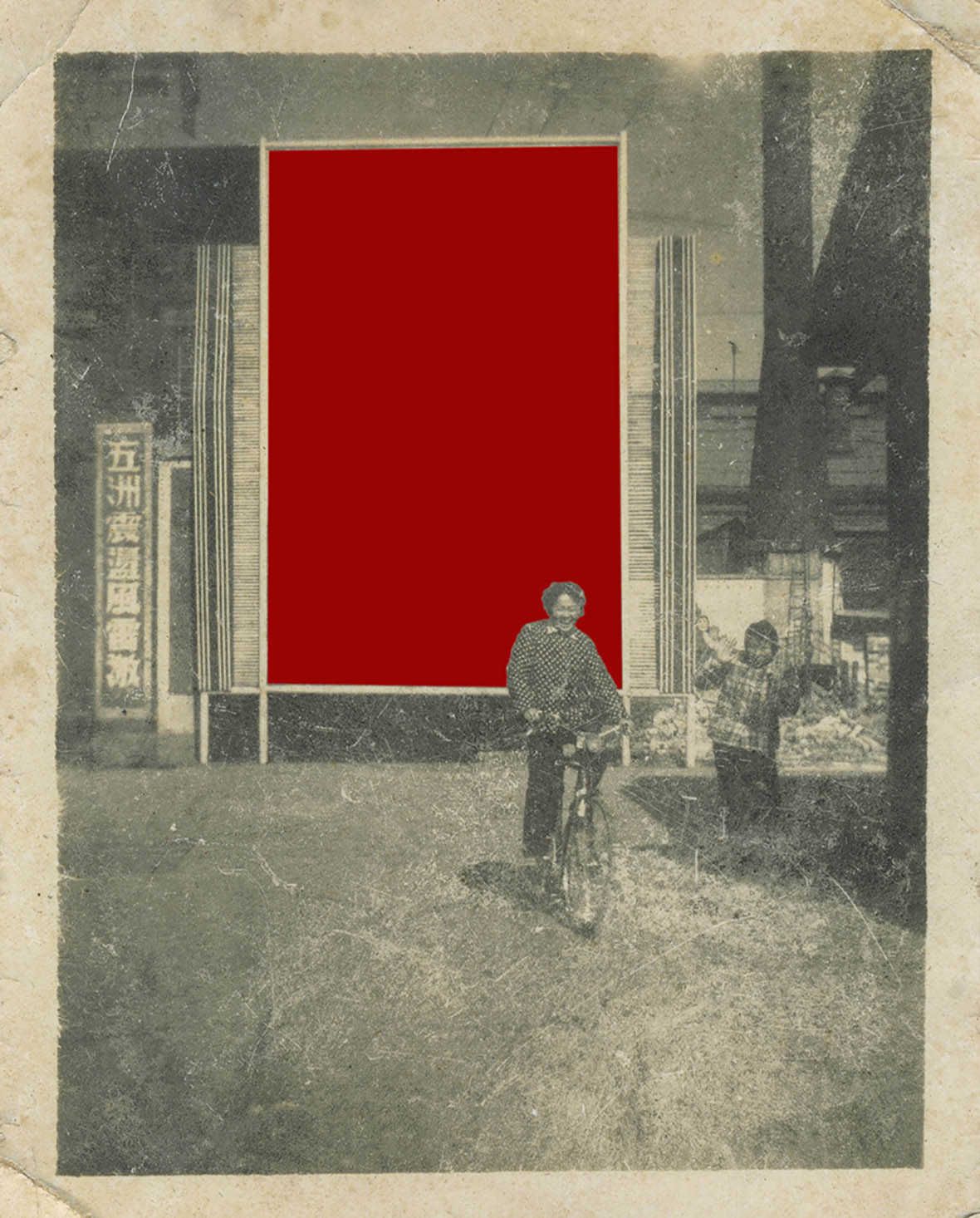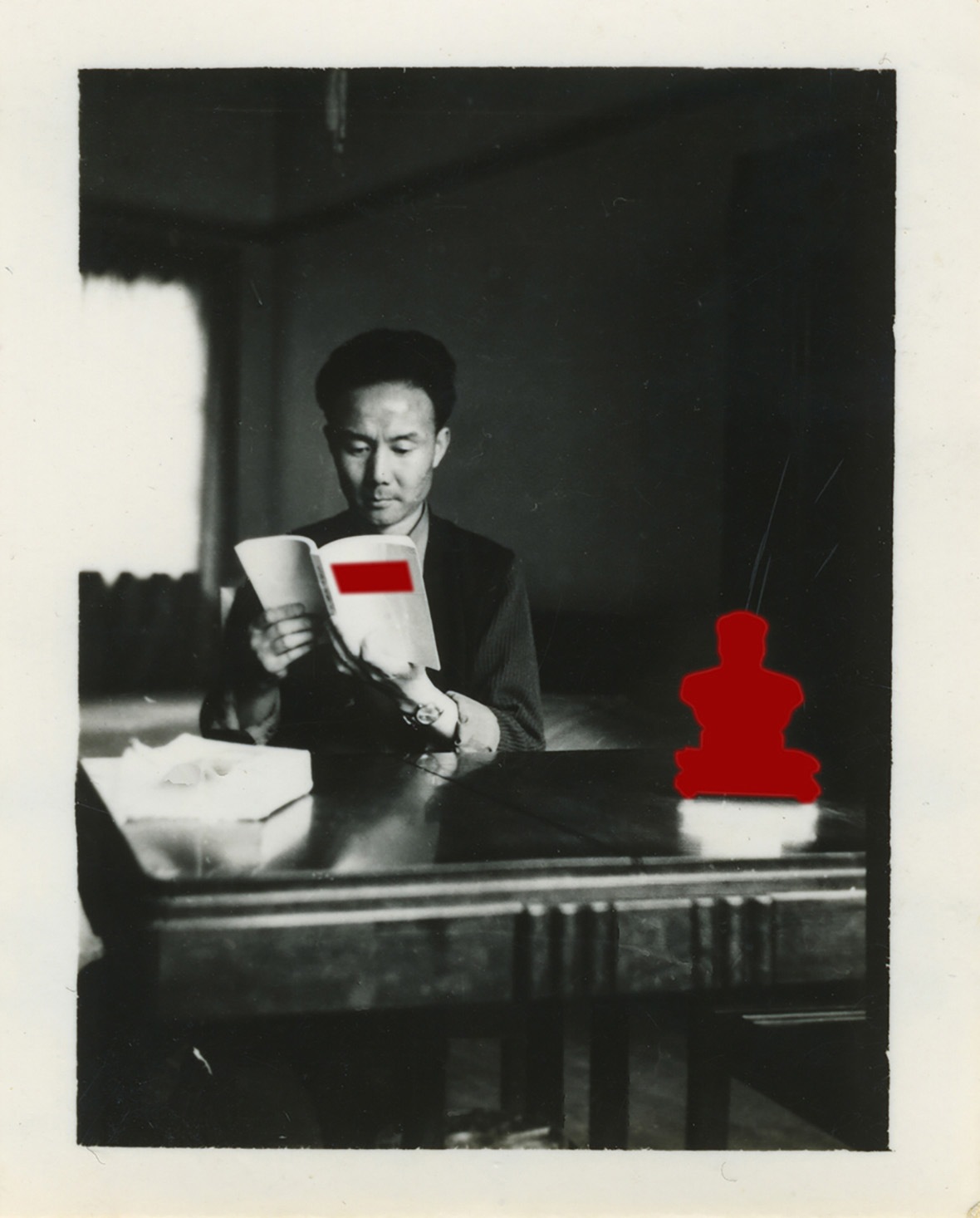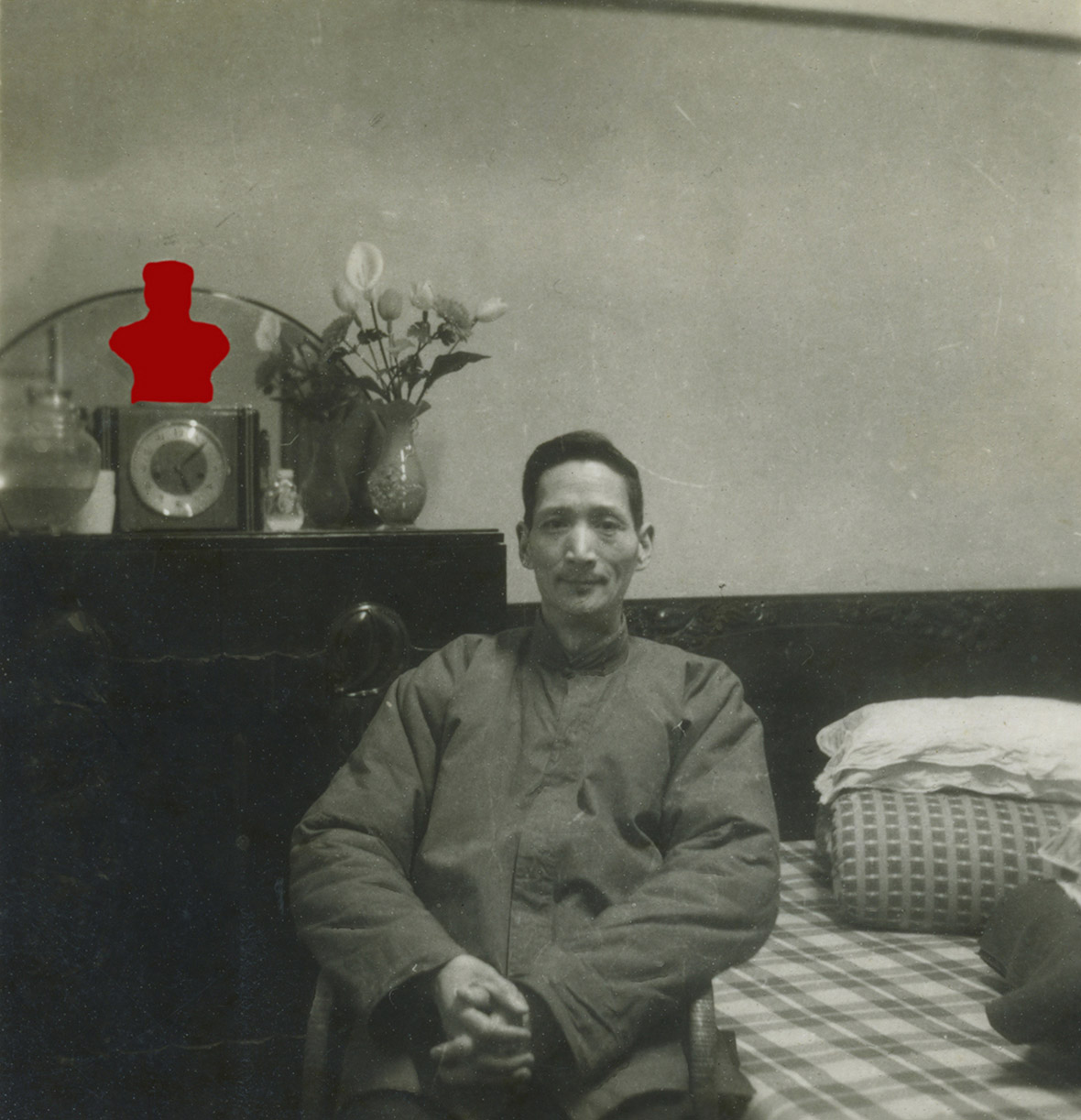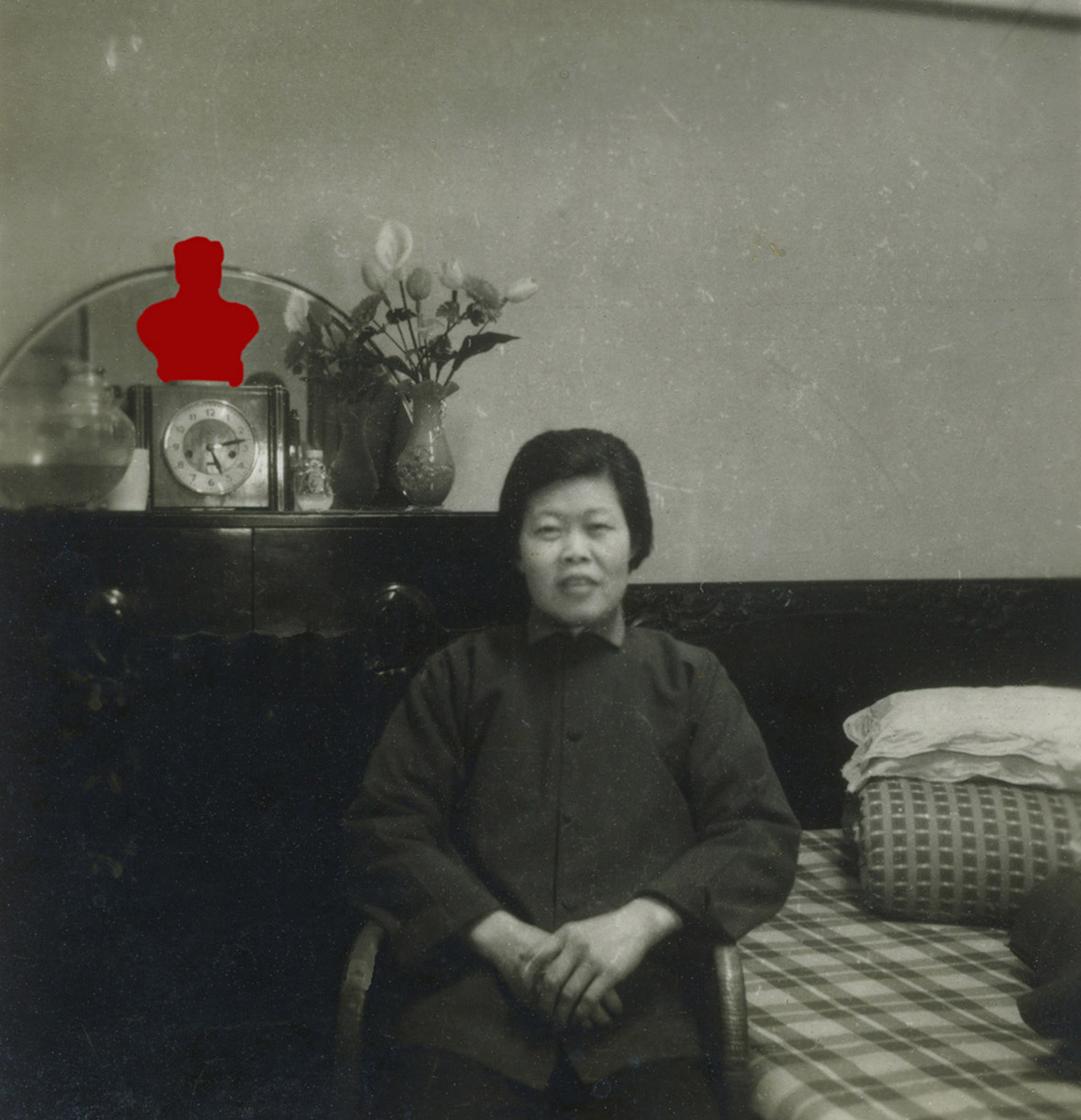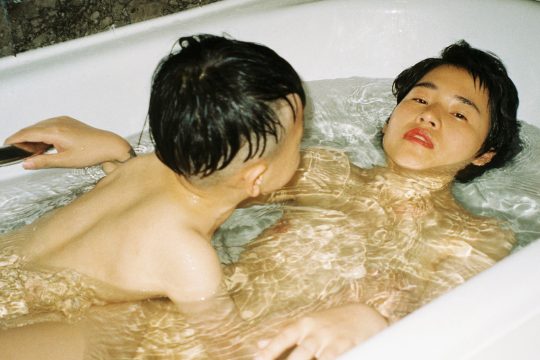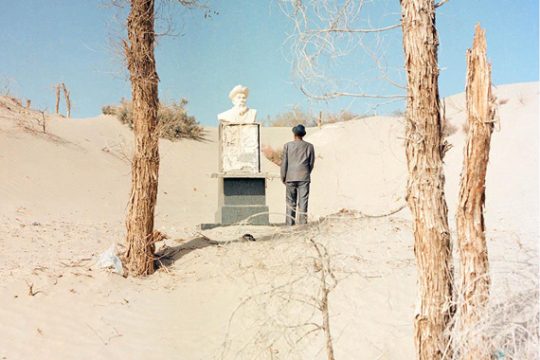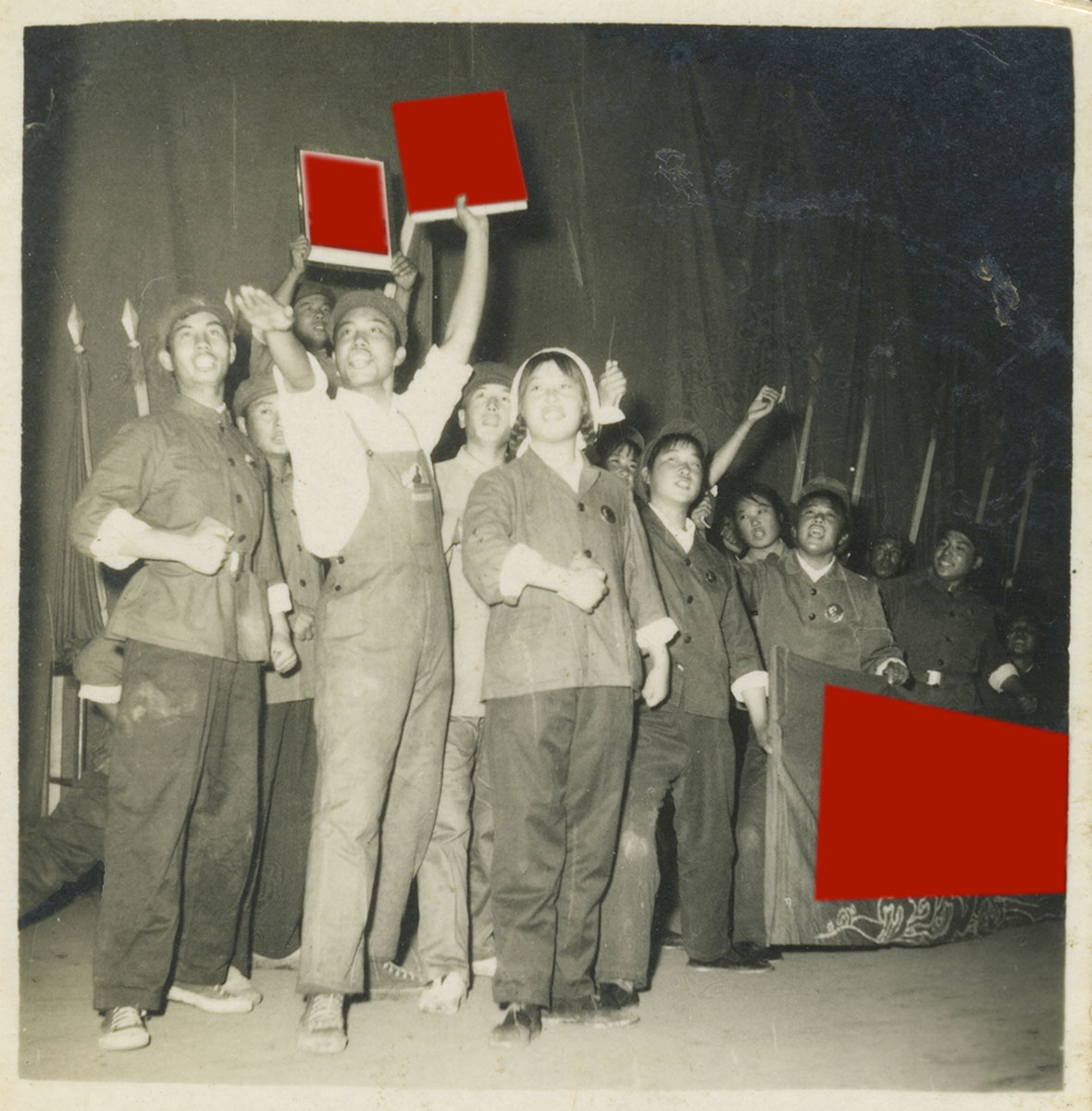
“The east is red, the sun is rising. From China comes Mao Zedong.” So goes China’s most famous propaganda song, “The East is Red.”
China in the 1960s and 1970s was indeed red. From the propaganda posters covering the streets and alleyways, to the copies of the little red book in everyone’s hands, to the Mao badges on their chests, red—symbolizing leftism, communism, socialism, and revolution—filled every aspect of people’s lives and thoughts.
In a new project entitled The East Was Red, artist Sheila Zhao finds old photographs from that time and retouches them, highlighting the political atmosphere of the time.
就像歌里唱的那样:“东方红,太阳升,中国出了个毛泽东。”
六七十年代的中国,确实是红色的。从大街小巷遍布的宣传画,到人手一份的 “毛主席语录” 或毛主席勋章——象征着左派、革命、社会主义和共产主义的政治红色,充斥着人们生活和思想的方方面面。
而这个系列名取自红歌《东方红》(The East Was Red),Sheila Zhao 找到当时的老照片,并进行了再度创作,以突出那个时期的政治气氛。
Born in Beijing in the 1980s, at age seven Zhao moved to the US, where she grew up and studied. Of course, without the benefit of personal experience, Zhao is a stranger to those times, so hard for outsiders to grasp or comprehend.
But Zhao’s love of documentary photography, especially historical images, transports her back in time. “I’m not a historian or an expert in the Cultural Revolution, by any means,” she says. “I look at that time in history from the point of view of someone interested in the images it created, and in what that says about the country’s collective identity at the time.”
Sheila Zhao 其实是 80 后,在北京出生,七岁时搬到美国,并在那里完成了学业。照理说,Sheila 对那个时代是陌生的,没有亲身经历的加持,也很难理解和感受。
但对纪实摄影尤其是老照片的热忱,把 Sheila 带到了这段历史面前。“我不是一个历史学家,也不是一个研究当时运动的专家。我从一个对所创造的形象感兴趣的人的角度来看待历史上的那段时期,以及这个国家当时普遍存在的集体认同感。”
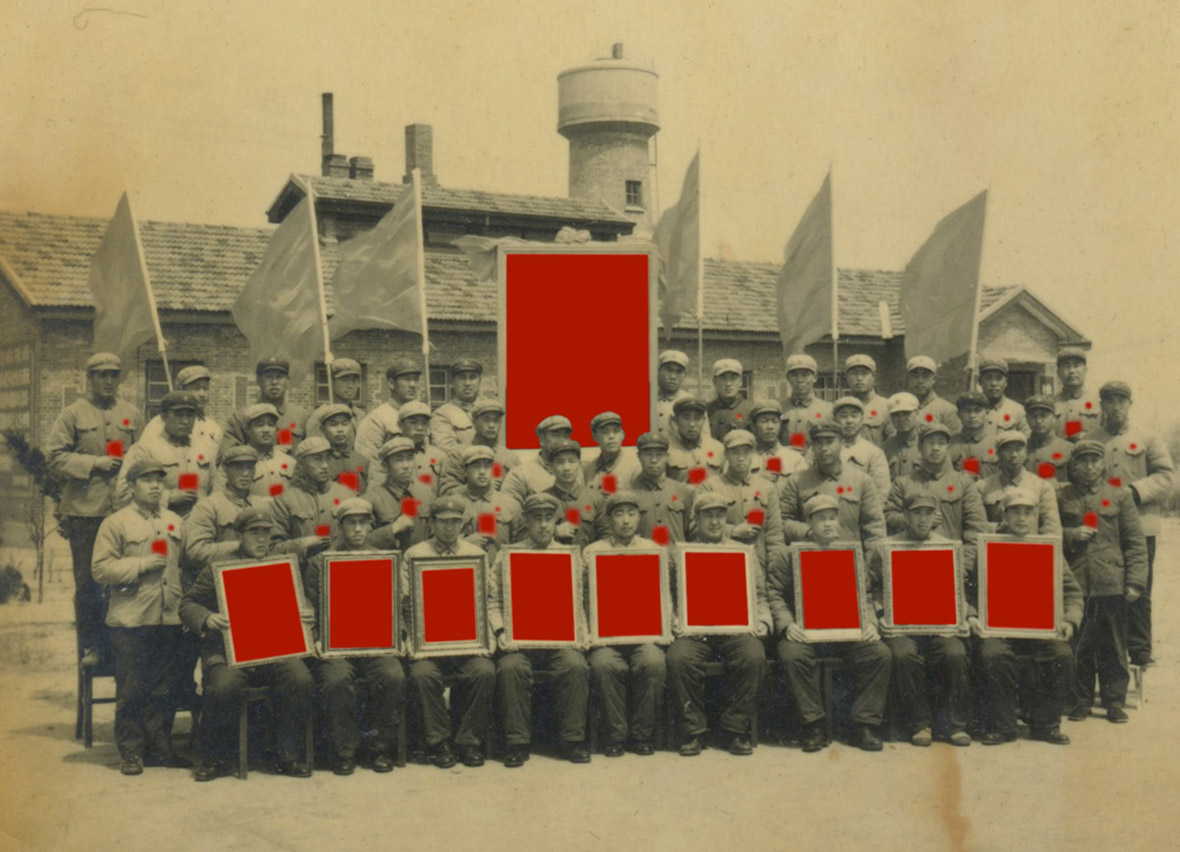
All of the images in The East Was Red, and all her other archival images, were acquired from second-hand antique markets near Beijing and Shanghai. As the majority of the photos were taken in the 1960s and 1970s, a common theme stood out: “I noticed the photographer and those being photographed from this period, whether consciously or not, brought politics into the shot,” she says. Clearly, people in that time lived entirely under its shroud.
Fascinated by this, Zhao began retouching select photos from her collection, coloring over the posters, images, Mao badges, and books of quotations with a cherry red, using the color to stand in for these thoroughly political objects. On the one hand, this alludes to the color’s political significance, and on the other, it lets the viewer, who can see how prominent the red is, understand just how widespread Communist ideology and the cult of personality had become throughout China.
《东方红》系列的所有照片,Sheila 档案中的其他照片一样,都是在北京和上海附近的古董二手市场淘到的。这个系列则大多选取于上世纪六七十年代间所拍摄的照片,几相比较,有个异常明显的特征浮现出来:“有趣的是,我注意到在这个时期,摄影者和被拍摄者都有意无意地把代表政治的东西包括进来。” 可见,那时期的人们完全生活在其笼罩之下。
于是,Sheila 在再度创作的过程中涂红了标语、照片、勋章和 “红宝书”。鲜艳的大红色被用以代替这些照片中这些充满政治意味的 “物件”,一来对应 “红” 的隐喻,二来,观者只消参见照片里红色有多么壮观,就能发现当时的共产主义思想和个人崇拜情结,在全中国是有多普及。

“China underwent a very unique socioeconomic movement at the time, which coincided with the rise of photography. It happened to be when cameras became more accessible, leading to more people using them as a means of self-expression,” Zhao says. “In the early 20th century, photography was still something that was reserved for the privileged. By the mid-20th century, cameras became even more common. Although they were still considered a luxury, there wasn’t that sense of exoticism of being imported anymore. Looking at photos from that era, it’s quite interesting to see how political doctrines influenced people’s lives.”
“中国当时所经历的是一场非常独特的社会经济运动,也恰巧发生在摄影史上,当时越来越多的人开始有机会通过摄影媒介表达自己的观点。” Sheila 说,“在 20 世纪初期,摄影仍然是特权阶层的活动。但到了中期,相机的使用开始变得越来越平民化,尽管还稍显奢侈,但它已不再那么具有‘舶来品’的异国气质。所以在照片中,我发现当时的政治辞令是如何影响人们描述和记录自己生活的方式,这是非常有趣的。”
